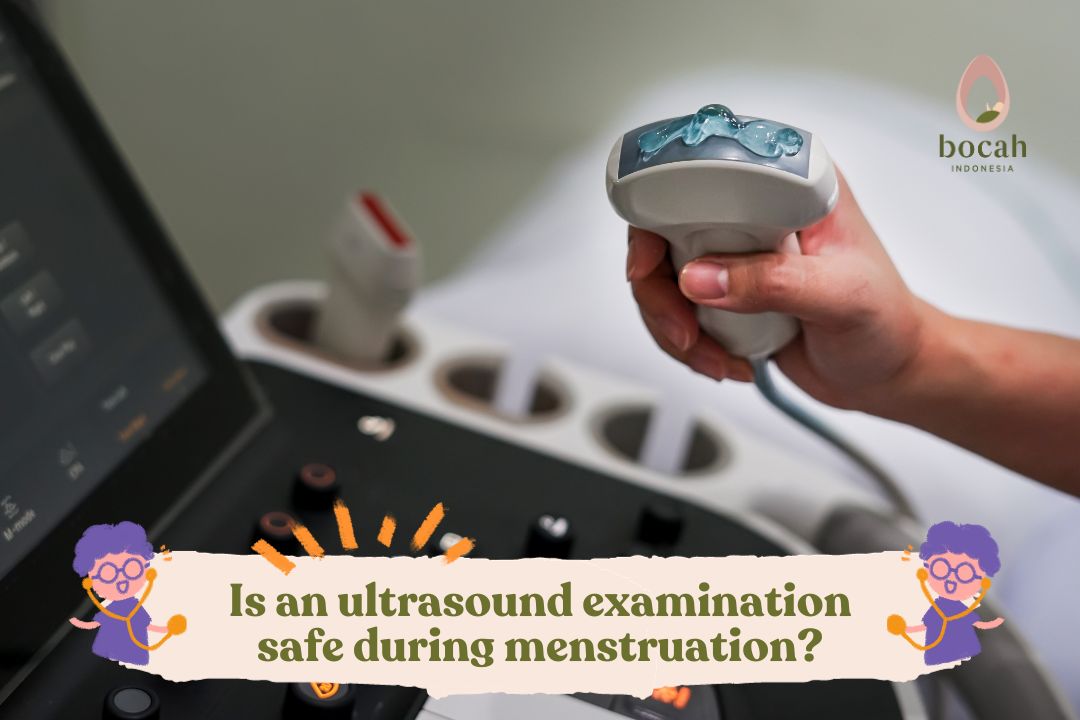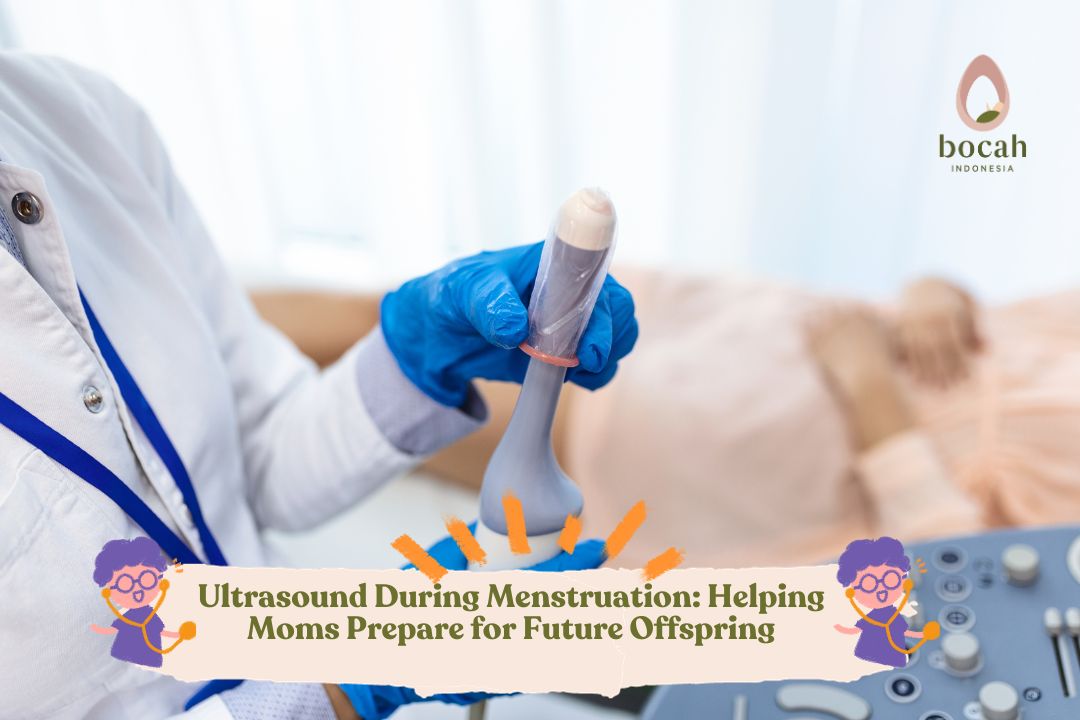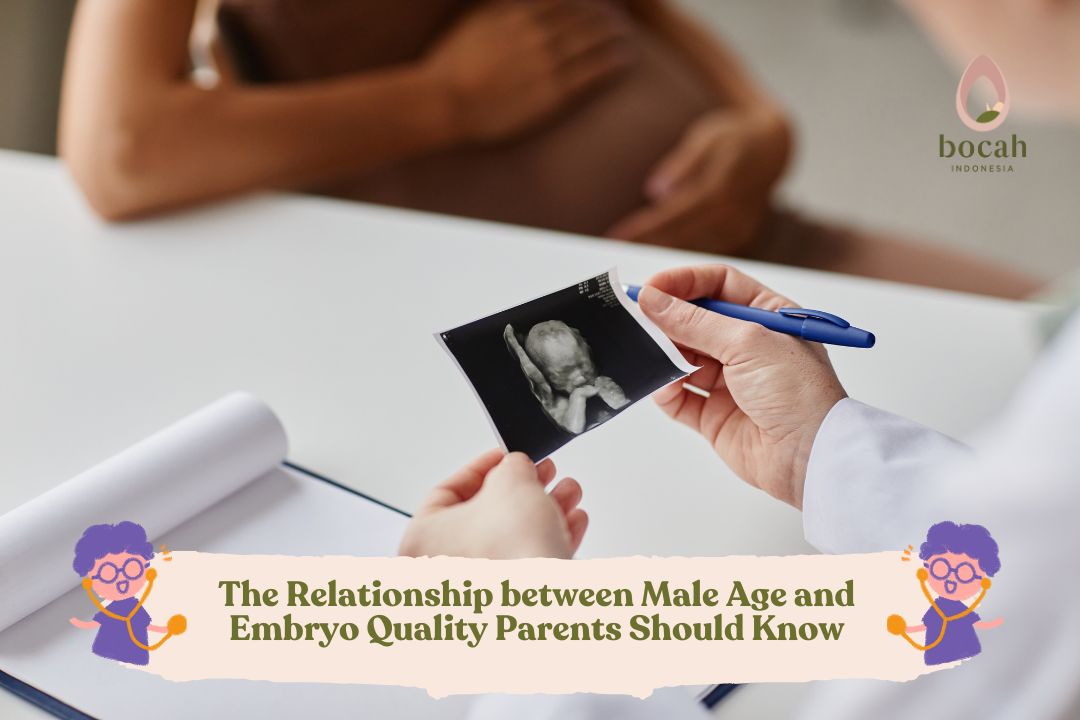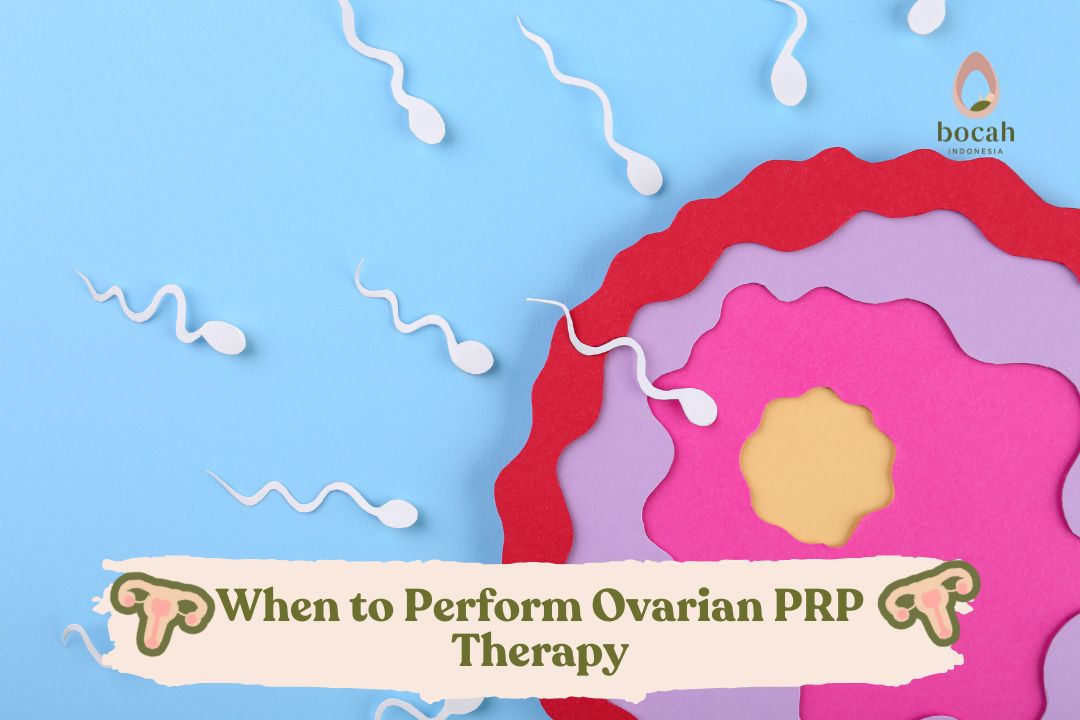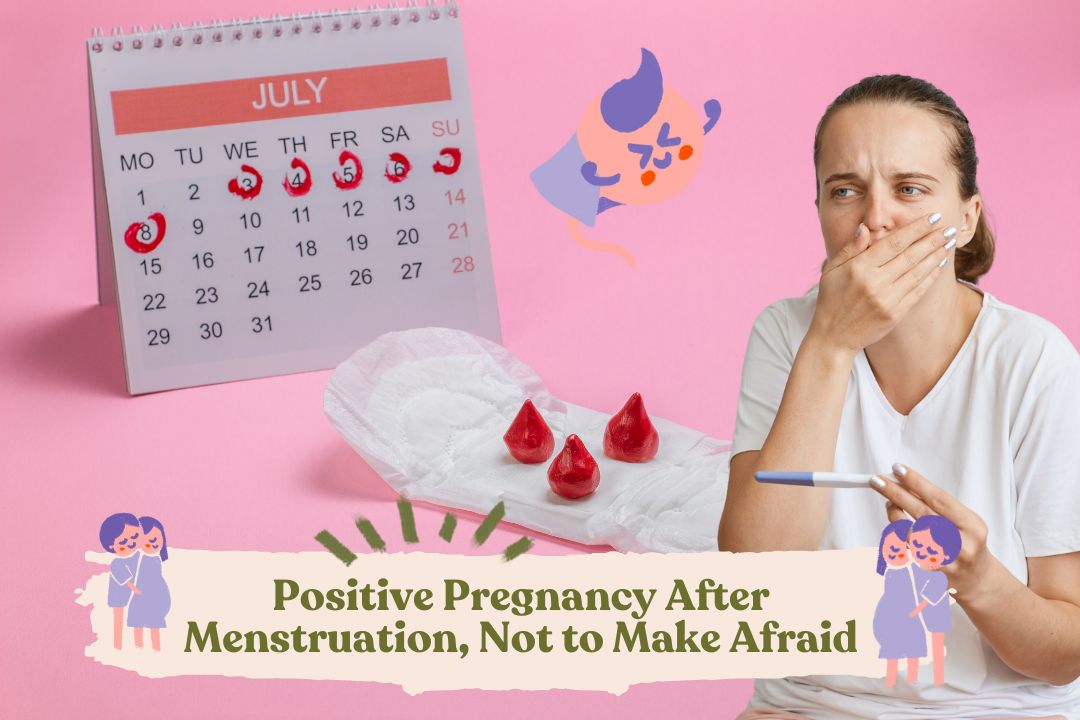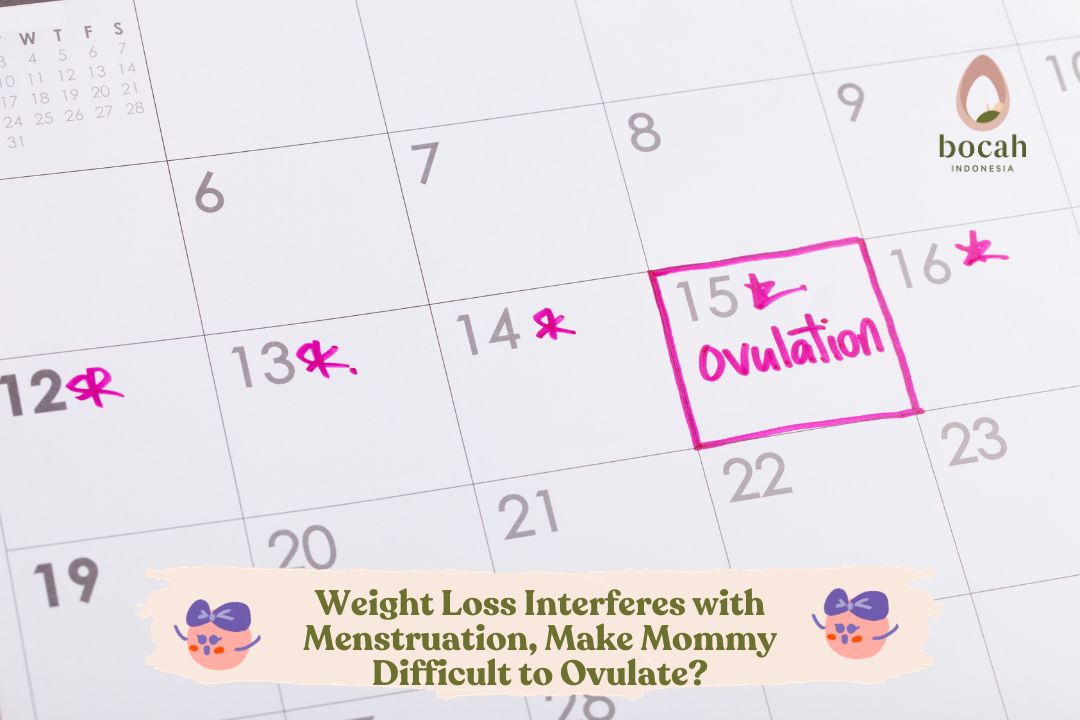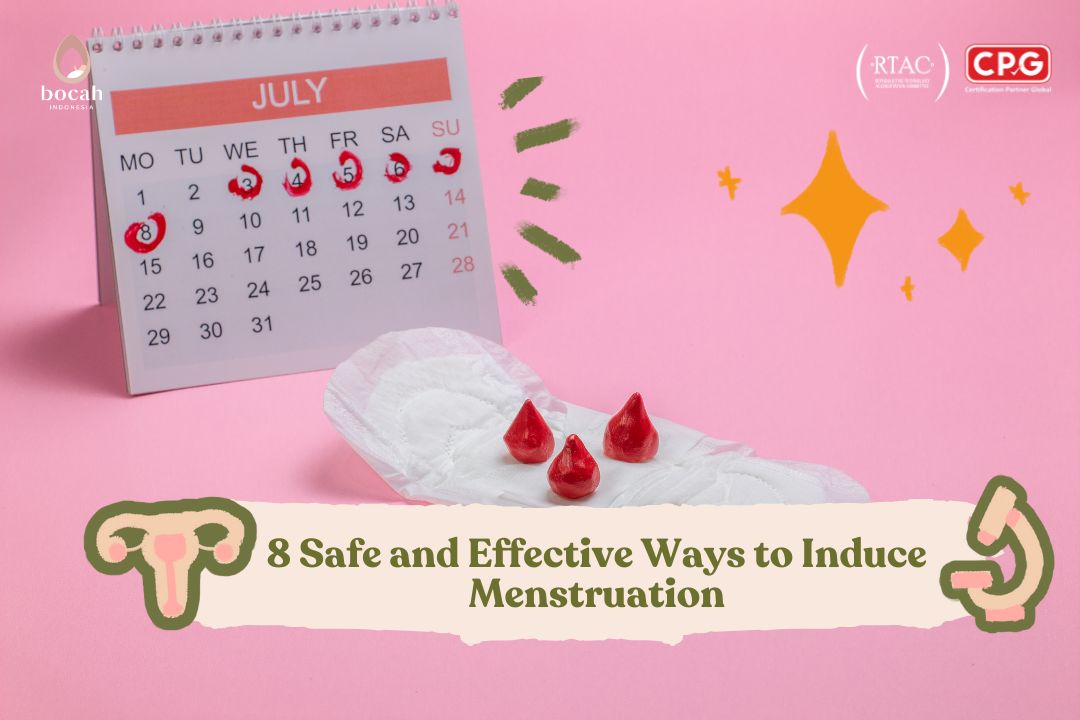Are There Remaining Eggs During Menstruation?
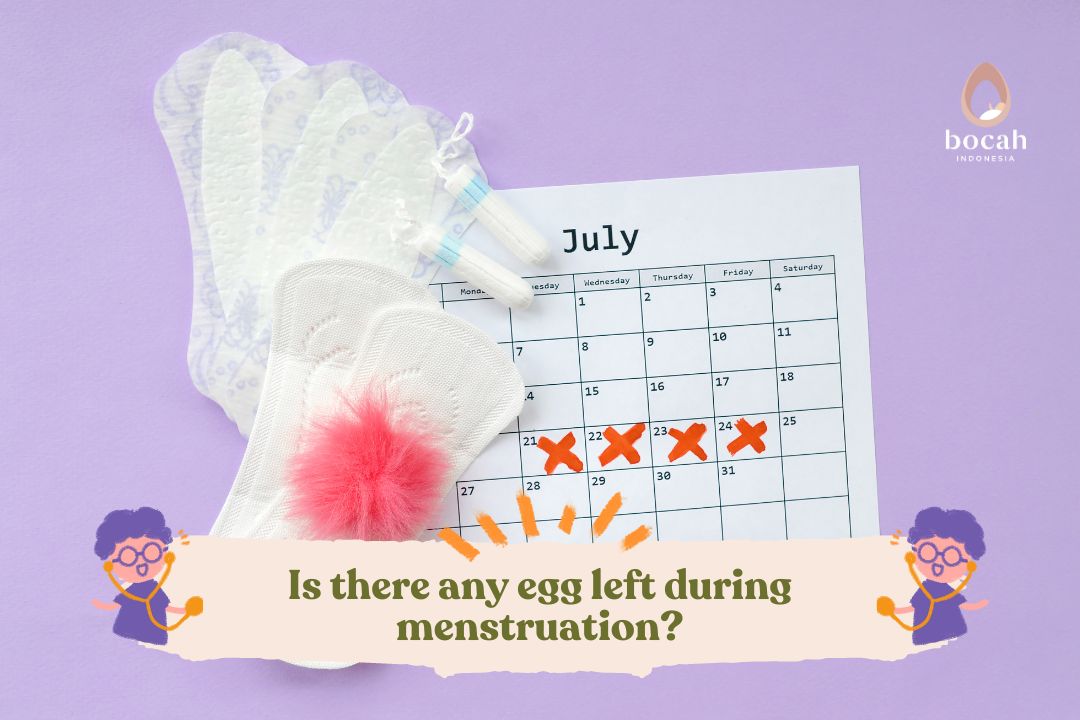
Menstruation is the process of shedding the uterine lining along with unfertilized eggs.
When a woman enters puberty, she experiences menstruation. This condition is a natural way for the body to go through each month. Menstruation is the periodic process of uterine bleeding. This process is referred to as the menstrual cycle.
According to Dr. Ferry Darmawan, Sp.OG, a specialist in obstetrics and gynecology at Bocah Indonesia, the menstrual cycle in women typically lasts for 21-35 days.
“A normal menstrual cycle is usually between 21-35 days. If the cycle is longer than 35 days, it is referred to as oligomenorrhea. Or if there is no menstruation for 3 months, it is called amenorrhea,” said Dr. Ferry. If you have a menstrual cycle that is shorter or longer than the usual cycle, it is recommended to undergo fertility examinations if you want to get pregnant quickly.
So, are there eggs during menstruation?
Tanya Mincah tentang Promil?
Phases During Menstruation
You need to know several phases of menstruation, which are divided into four parts:
-
Menstrual phase
In this phase, the uterine lining will shed, and unfertilized eggs will exit through the vagina. This phase occurs during menstruation, from the first day for 4 to 6 days.
-
Follicular phase
This phase occurs when the ovaries will form follicles containing immature eggs, which then develop and stimulate thickening of the uterine lining.
-
Ovulation phase
In this phase, matured eggs will be released by the ovaries and are ready for fertilization. If not fertilized, the eggs will shed along with menstrual bleeding.
-
Luteal phase
This phase occurs after ovulation, and whether fertilization of the egg by sperm occurs or not determines the course of this phase. If fertilization occurs, the remaining follicle will produce hormones needed for the attachment of the embryo or fetus.
If fertilization does not happen, the ruptured follicle will gradually shrink and disappear from the ovaries. During this phase, women may experience various symptoms, such as acne, breast enlargement, and mood swings.
The menstrual phases mentioned above will continue to rotate periodically from puberty to menopause.
Therefore, during menstruation, unfertilized eggs will shed along with the uterine lining. Later, the maturation process of eggs will begin again in the follicular phase.
Symptoms Experienced and How to Manage Them
When a woman has her period, the average blood volume discharged is around 30-70 milliliters. Some women may experience even more bleeding, typically on the first and second days of menstruation.
There are several symptoms commonly experienced during menstruation, such as:
-
Abdominal cramps
-
Acne breakouts
-
Headaches
-
Mood swings
-
Increased appetite
-
Breast tenderness
-
Bloating
-
Fatigue
Some of these symptoms can be easily managed at home by:
-
Applying a warm compress to the lower abdomen
-
Massaging the lower abdomen
-
Engaging in light exercise
-
Consuming a healthy diet
-
Taking pain relievers like paracetamol
-
Avoiding caffeine and alcohol
-
Avoiding smoking
-
Practicing relaxation techniques like yoga and meditation
Conclusion
During menstruation, unfertilized eggs will shed along with the uterine lining. Subsequently, the maturation process of eggs will occur during the follicular phase. If you experience irregular and prolonged menstrual cycles, it is advisable to consult a doctor.
Interested in sharing this important information with fellow warriors? Let’s share this article!
Source:
- Farage, M.A., et al. (2008). Cognitive, sensory, and emotional changes associated with the menstrual cycle: a review. Arch Gynecol Obstet. 2008 Oct;278(4):299-307.
- Matsuura, Y., et al. (2020). Change in appetite and food craving during menstrual cycle in young students. Abbreviation: Int. International Journal of Nutrition and Metabolism, 12(2), 25–30.
- National Health Service. Periods.


